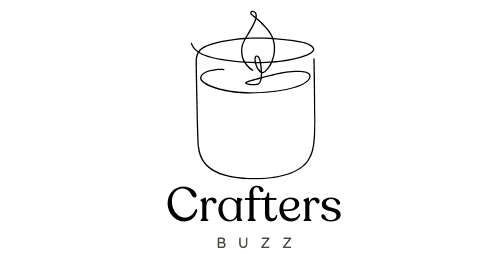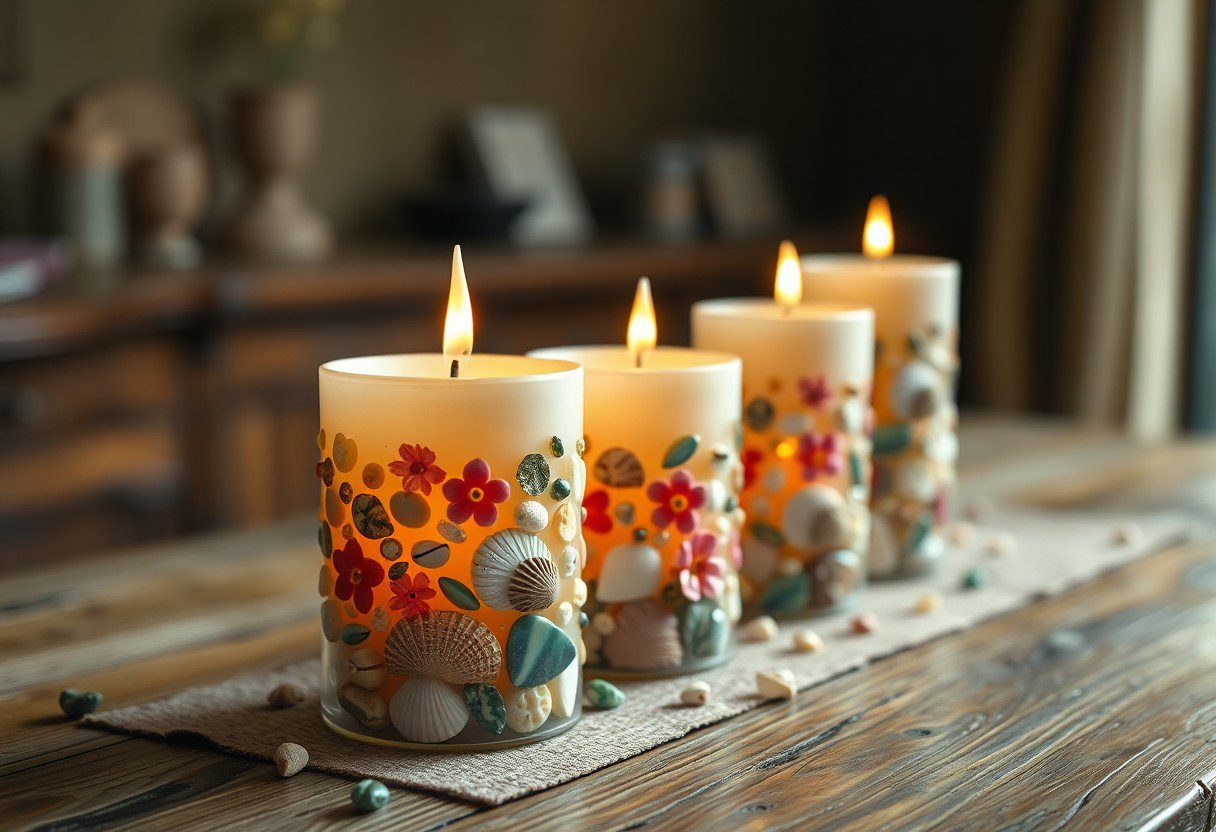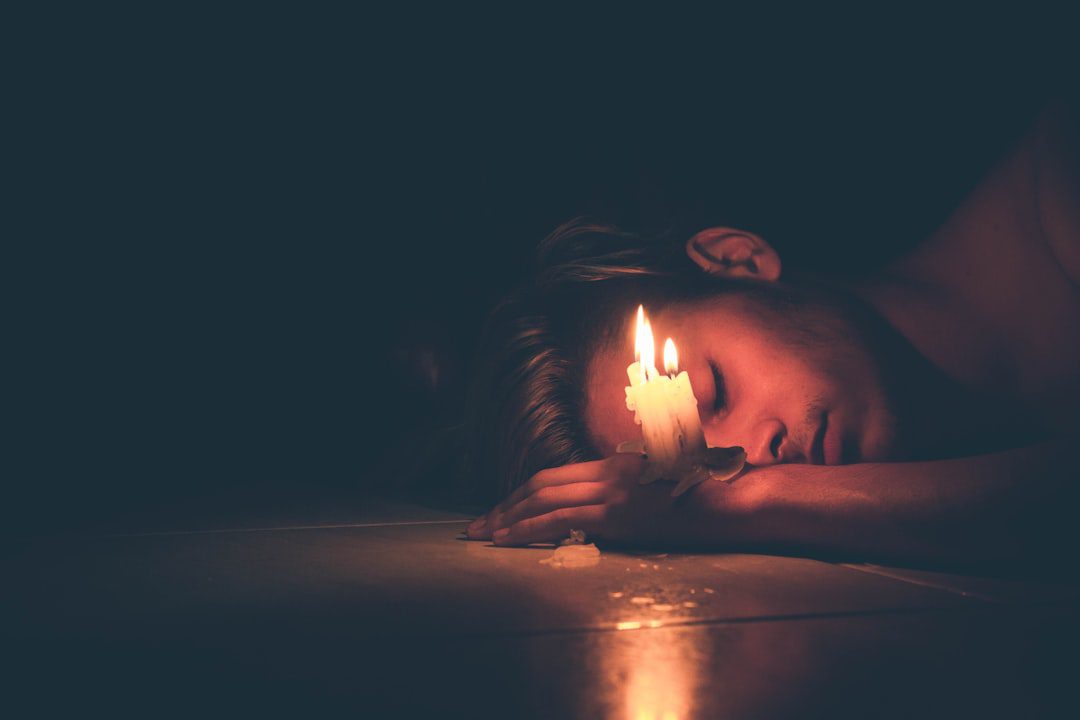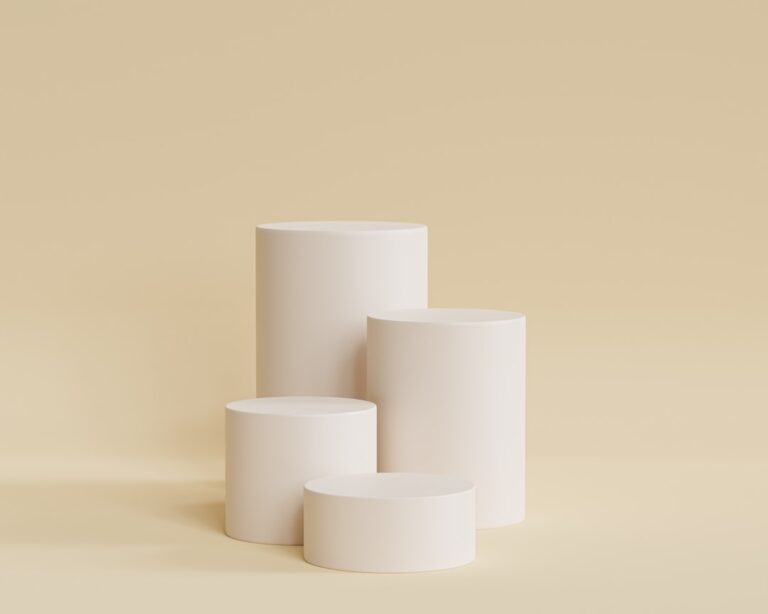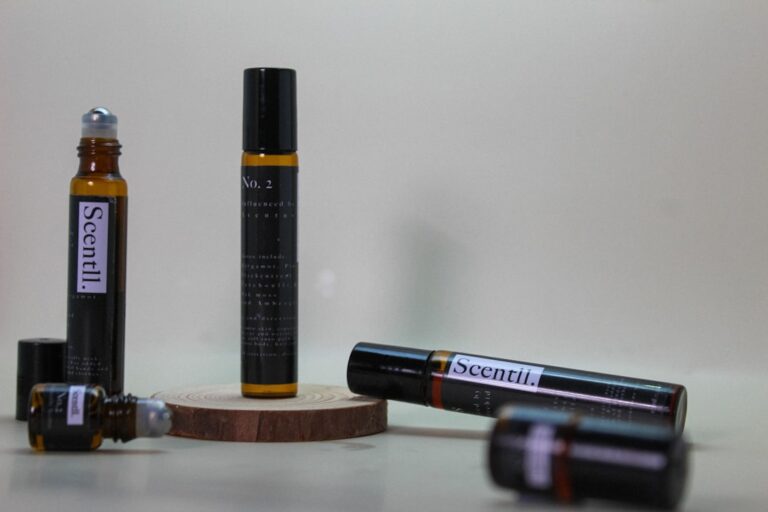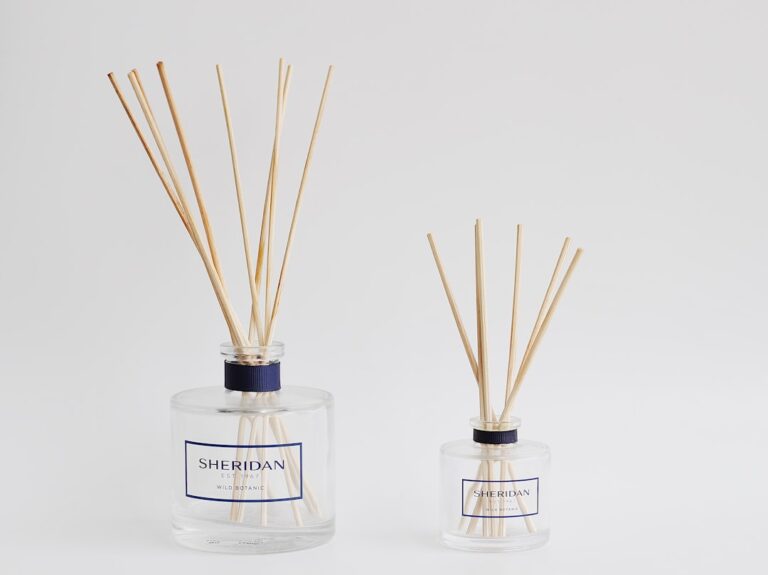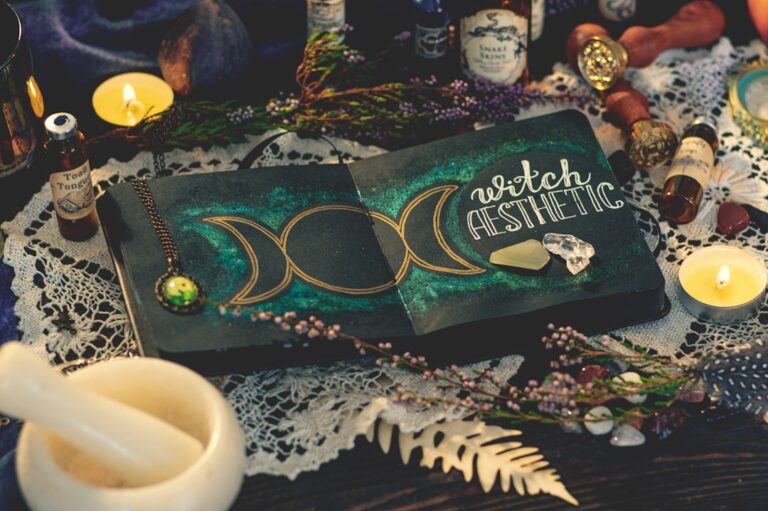Explanation of what fragrance throw means and why it’s important in candle-making.
Fragrance throw is a term that encapsulates the ability of a candle to disperse its scent into the surrounding environment. It is a critical aspect of candle-making that can significantly influence the overall experience of the user. When a candle is lit, the heat generated melts the wax, releasing the fragrance oils that have been incorporated into the wax.
The effectiveness of this release determines how well the scent travels through the air, which is referred to as the “cold throw” when the candle is unlit and the “hot throw” when it is lit. A candle with a strong fragrance throw can fill a room with its aroma, creating an inviting atmosphere, while one with a weak throw may leave the space feeling bland and uninviting. Understanding fragrance throw is essential for both amateur and professional candle makers.
It involves not only selecting the right fragrance oils but also understanding how different waxes, wick sizes, and additives can impact scent dispersion. For instance, some waxes are more porous than others, allowing for better scent retention and release. Additionally, the choice of wick can affect how well the candle burns and how effectively it throws fragrance.
Therefore, mastering fragrance throw is not merely about choosing appealing scents; it requires a comprehensive understanding of the interplay between various components in the candle-making process.
The Science Behind Fragrance Throw
The science behind fragrance throw is rooted in chemistry and physics. When a candle burns, it undergoes a series of chemical reactions that transform solid wax into liquid and then into vapor. The heat from the flame melts the wax, which contains fragrance oils.
As the wax melts, it creates a pool of liquid that allows the fragrance molecules to evaporate into the air. The size and composition of these molecules play a crucial role in how far they can travel before dissipating. Larger molecules tend to have lower volatility, meaning they evaporate more slowly and may not travel as far as smaller, more volatile molecules.
Temperature also plays a significant role in fragrance throw. The hotter the candle burns, the more rapidly the fragrance oils will evaporate. This is why candles with larger wicks or those made from softer waxes often have a stronger hot throw; they burn hotter and create a larger pool of melted wax.
Conversely, if a candle burns too cool, it may not produce enough heat to effectively release its fragrance. Understanding these scientific principles allows candle makers to manipulate their formulations to achieve desired scent profiles and throw distances.
Factors Affecting Fragrance Throw in Candles
Several factors influence fragrance throw in candles, each contributing to how effectively a scent is released into the air. One of the most significant factors is the type of wax used in candle-making. Paraffin wax, for example, is known for its excellent scent throw due to its ability to hold and release fragrance oils effectively.
In contrast, natural waxes like soy or beeswax may have different scent-throw characteristics due to their molecular structure and composition. Soy wax, while popular for its eco-friendliness, often requires careful formulation to achieve optimal fragrance throw. Wick size and type are also critical components that affect fragrance throw.
A wick that is too small may not produce enough heat to melt the wax adequately, resulting in poor scent dispersion. Conversely, an oversized wick can lead to excessive heat, causing the candle to burn too quickly and potentially altering the intended scent profile. Additionally, wick material—whether cotton, wood, or other materials—can influence how well the wick draws up melted wax and how evenly it burns, further impacting fragrance release.
Importance of Fragrance Throw in Candle-Making
The importance of fragrance throw in candle-making cannot be overstated. For consumers, a candle’s ability to fill a space with its aroma is often what distinguishes one product from another. A strong fragrance throw can enhance mood, create ambiance, and even evoke memories or feelings associated with specific scents.
For instance, a warm vanilla scent might remind someone of baking cookies at home, while fresh lavender could evoke feelings of relaxation and tranquility. Therefore, achieving an effective fragrance throw is essential for creating candles that resonate with users on an emotional level. From a commercial perspective, fragrance throw can significantly impact sales and customer satisfaction.
Candles that deliver on their scent promises are more likely to receive positive reviews and repeat purchases. In an industry where consumers are often overwhelmed by choices, a product that stands out due to its exceptional fragrance throw can build brand loyalty and encourage word-of-mouth marketing. Thus, for candle makers aiming for success in a competitive market, prioritizing fragrance throw is not just beneficial; it is essential.
Achieving Optimal Fragrance Throw in Candles
Achieving optimal fragrance throw in candles involves a combination of art and science. One effective approach is to experiment with different ratios of fragrance oils to wax. Most candle makers recommend using between 6% to 10% fragrance oil by weight for optimal results; however, this can vary based on the type of wax used and personal preference.
Testing various concentrations can help identify the sweet spot where the scent is both potent and pleasant without being overwhelming. Another technique involves selecting complementary fragrances that enhance each other’s properties. Layering scents can create a more complex aroma profile that may improve overall throw.
For example, combining citrus notes with floral undertones can produce a refreshing yet soothing scent that fills a room more effectively than either note alone. Additionally, incorporating additives such as vybar or stearic acid can help improve scent retention in certain waxes, further enhancing fragrance throw.
Common Mistakes that Affect Fragrance Throw
Candle makers often encounter pitfalls that can negatively impact fragrance throw if they are not careful during the formulation process. One common mistake is using too much or too little fragrance oil. While it may seem intuitive that more oil would lead to a stronger scent, exceeding recommended percentages can result in poor burn quality or even soot production when lit.
Conversely, using too little oil will lead to weak scent dispersion, leaving consumers disappointed. Another frequent error involves neglecting wick selection based on the specific wax being used. Each type of wax has unique burning characteristics that require corresponding wick sizes and materials for optimal performance.
For instance, using a cotton wick with soy wax may not yield the best results if it does not draw up enough melted wax efficiently. This mismatch can lead to tunneling or uneven burning, both of which hinder effective fragrance release.
Testing and Evaluating Fragrance Throw in Candles
Testing and evaluating fragrance throw is an essential step in the candle-making process that allows artisans to refine their products before bringing them to market. One effective method for testing hot throw involves lighting several candles in different rooms or areas of varying sizes and observing how well each fills the space with scent over time. This practical approach provides immediate feedback on how different formulations perform in real-world conditions.
Cold throw testing is equally important and can be conducted by simply smelling unlit candles placed in various locations. This helps gauge initial impressions of scent strength before lighting them. Additionally, conducting blind tests with friends or family members can provide valuable insights into how others perceive the fragrances without bias.
Collecting feedback on both cold and hot throws allows candle makers to make informed adjustments to their formulations.
Enhancing Fragrance Throw with Different Candle-Making Techniques
There are several advanced techniques that candle makers can employ to enhance fragrance throw beyond basic formulation adjustments. One such method is double pouring, where two layers of different wax compositions are poured into one container at different temperatures. This technique allows for distinct layers of scent that can create a more dynamic aromatic experience as they burn together.
Another innovative approach involves using essential oils alongside synthetic fragrances to create unique blends that offer both depth and complexity while improving overall throw. Essential oils often have strong aromatic properties that can enhance hot throw when combined with synthetic fragrances designed for longevity and stability in candles. Additionally, experimenting with different curing times before lighting can also yield better results; allowing candles to cure for longer periods enables fragrances to meld more thoroughly within the wax matrix, leading to improved scent release when burned.
By understanding these various aspects of fragrance throw in candle-making—from its scientific underpinnings to practical applications—candle makers can create products that not only smell delightful but also deliver an exceptional sensory experience for consumers.
Fragrance throw is a crucial aspect of candle-making, as it determines how well a candle’s scent fills a room when it is burning. Understanding fragrance throw is essential for creating candles that provide a pleasant and long-lasting aroma. For more tips and tricks on candle-making, check out this helpful article on DIY votive candles. It provides valuable insights and techniques for crafting beautiful and fragrant candles at home.
FAQs
What is fragrance throw in candle-making?
Fragrance throw refers to the strength and intensity of the scent that is released from a candle when it is burning. It is a measure of how well the fragrance disperses throughout the surrounding area.
Why is fragrance throw important in candle-making?
Fragrance throw is important in candle-making because it directly impacts the overall quality and effectiveness of the scented candle. A strong and consistent fragrance throw is essential for creating a pleasant and enjoyable experience for the consumer.
How is fragrance throw achieved in candle-making?
Fragrance throw in candle-making is achieved through the careful selection and use of high-quality fragrance oils, as well as the proper combination of wax, wick, and container. The type and amount of fragrance oil used, as well as the curing time of the candle, also play a significant role in achieving the desired fragrance throw.
What factors can affect fragrance throw in candle-making?
Several factors can affect fragrance throw in candle-making, including the type and quality of fragrance oil used, the type of wax and wick, the size and shape of the container, the curing time of the candle, and the environment in which the candle is burned. It is important to consider and optimize these factors to achieve the desired fragrance throw.
